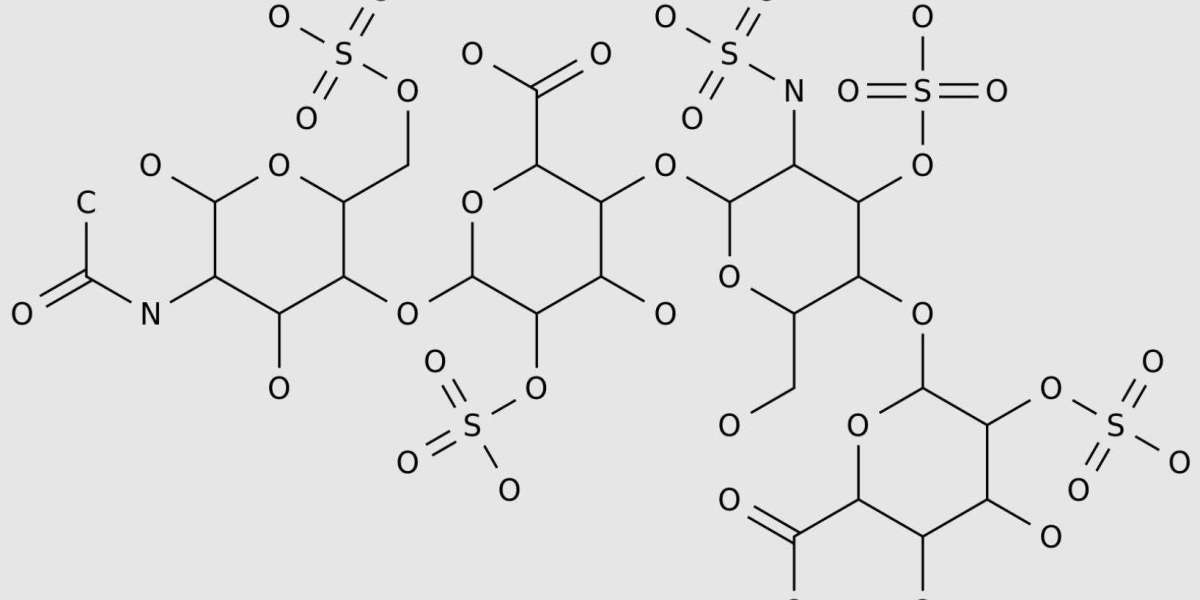The 4t test is a scoring system to determine how likely you are to have HIT. It provides enough information about your condition so that your doctor does not have to delay treatment while waiting for the results of the antibody test. Your healthcare provider has assigned a score (from 0 to 2) for the following criteria:
Thrombocytopenia: How low is your platelet count?
Heparin reaction time: when will the platelet level drop?
Thrombosis: Is there any sign of coagulation?
Other causes of thrombocytopenia: Is it possible that the cause of your low platelet count is not heparin?
The higher the score, the more likely you are to suffer from HIT.
How to treat heparin-induced thrombocytopenia?
Treatment methods include discontinuing the use of heparin and changing to different blood thinners. Your platelet count should begin to increase within a few days of discontinuing heparin. At the same time, your healthcare provider will recommend a drug that replaces heparin to prevent thrombosis.
Alternatives to heparin include:
Direct thrombin inhibitors (agatroban, bevaloutin).
Fondaparinux
Direct oral anticoagulant.
Once your platelet level returns to normal, you will no longer have the risk of thrombosis associated with HIT. Your healthcare provider may let you use a blood thinner called warfarin instead.
How to prevent heparin-induced thrombocytopenia?
You can't prevent HIT. Nevertheless, your healthcare provider can closely monitor your platelet count to reduce the risk of complications caused by heparin.
If I have heparin-induced thrombocytopenia, what can I expect?
Heparin-induced thrombocytopenia (HIT) is very serious if it is not treated early. Large blood clots in the arms and legs can cause long-term damage to the limbs. Thrombosis affecting major organs can be fatal. Fortunately, better understanding of HIT and better treatment have improved the survival rate.
Early diagnosis, before serious thrombosis, is the key to positive results. Once your doctor finds signs of HIT, such as low platelet count, they will prescribe treatment to reduce your risk of forming dangerous thrombus.
How can I take care of myself?
You need to see a doctor regularly to monitor your platelets to ensure that you have no blood clots. In addition, your doctor will pay attention to the possible side effects when converting from heparin to new blood thinners. For example, some people's bleeding is a side effect of blood thinner.
At the same time, take the medicine according to the doctor's advice. Even if you have no thrombus, you may need to take non-heparin blood thinner for at least one month. If you do have blood clots, you may need to use blood thinner for a longer time.
One of the best ways to take care of yourself is to make sure that future medical service providers know that you have experienced this complication. If you have HIT, you should not take heparin in the future.
Cleveland Clinic note
If you notice changes in your body when taking heparin, seek emergency medical assistance immediately. Although heparin-induced thrombocytopenia (HIT) is rare, it is too serious to ignore the potential signs of thrombosis. Without treatment, HIT may be life-threatening. After treatment, your platelet count should return to normal and the risk of thrombosis should be reduced. Work with your healthcare provider to determine the best substitute for heparin.



